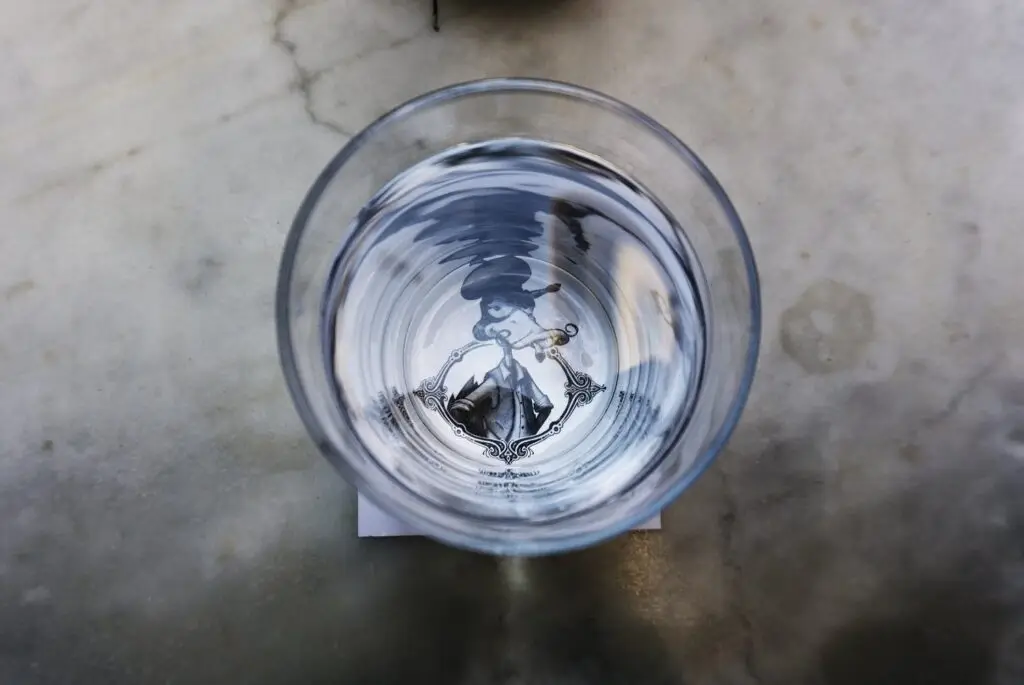You might have been told the arthritis in your knees, or sciatic nerve is the source of your pain. But is pain really that simple that we can blame one body part alone? For years this is the belief we’ve had about pain, and it’s only recently that we’re learning the different factors that can affect your experience of pain beyond the injury itself.
Pain isn’t necessarily a bad thing, especially in the early stages after an injury. For example, when you’ve just had a paper cut, that initial sensation of pain is an alarm to pay attention and protect the area. But when you’ve had pain that persists for weeks, or months is it still the same reliable protective alarm after 6 months? The body naturally heals itself, and so if we use the 6-month time frame, we expect that any injury would have healed by that point, so why is it that sometimes you can still experience persistent pain even when the area should be fully healed? That’s where these other factors come into play, and to help explain how it all contributes to the experience of pain, I’d like to use a simple analogy.


Imagine that you have an empty cup. Things that fill this cup include stress, lack of movement/activity, anxiety, poor sleep, fear and injuries. When all these stressors or factors in our lives fill the cup up to the point that it is now overflowing, that is when we experience pain. What this means is that our experiences of pain are so different from person to person because we have different experiences with stress, fear, sleep, and even injuries in our lives (our cups are filled to varying degrees).
So, what do we do if your cups overflowing and you’re still experiencing on-going pain that you’ve had for years? There are two strategies we can try. The first is reducing some of the stressors that are filling up the cup. For example, that could be by making sure you’re getting better sleep and finding strategies to reduce your overall stress.
The second option is to build a bigger cup. All these stressors and factors are not necessarily bad. We do need a little bit of stress to challenge us to become more resilient and adapt to cope better over time. By building up your resilience to these stressors, we build a bigger cup that can manage those stressors without overflowing!


Some things that you can think about in the next couple of days:
- Think about all the stresses in your life? Sleep, nutrition, lack of movement, etc.
- Think about what small things you can do to improve those stresses? Could you go for a small 5 minute walk during your lunch break? Could you sleep at the same time every night?
- Plan and action those things
I hope this was able to provide you with a simple introduction to how complex pain can be! For any of you readers out there who have experienced persistent pain for months, I want you to think about whether any of the factors from above have impacted your experiences.





